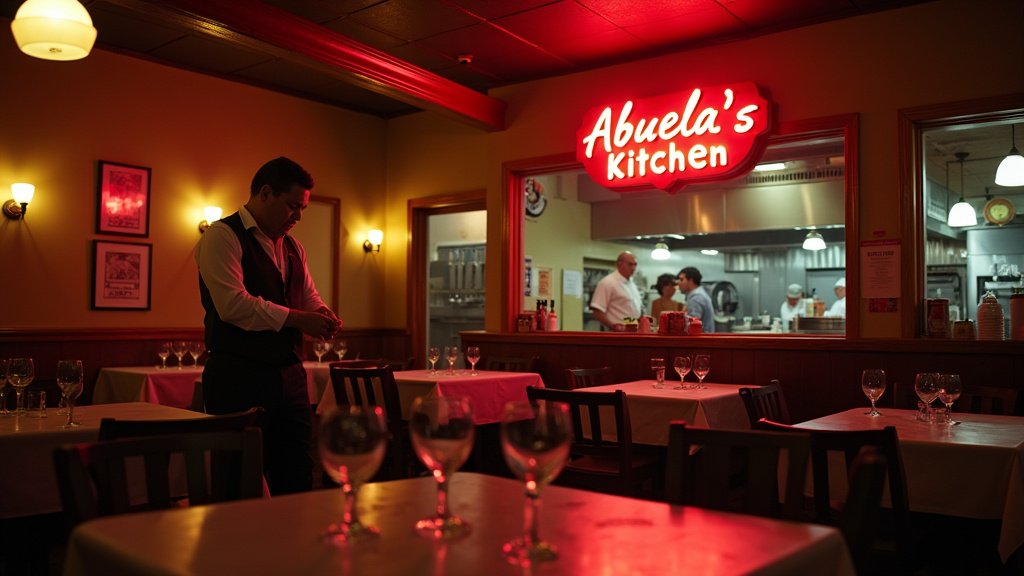Mexican Restaurants Face Economic Headwinds
The Mexican restaurant industry, a vibrant and integral part of the American culinary landscape, is currently navigating a period of significant economic challenges. Several establishments, ranging from independent eateries to established chains, are grappling with financial difficulties. A notable trend emerging within the sector is the increasing number of Chapter 11 bankruptcy filings, signaling a turbulent environment for business owners.
Chapter 11: A Sign of the Times
Chapter 11 bankruptcy allows a business to reorganize its debts and continue operating while developing a plan for repayment. While not always a death knell, the filing of Chapter 11 often indicates underlying struggles. These can include a variety of factors, from rising operational costs, increased competition, shifts in consumer preferences, and economic downturns. The current climate, with its inflationary pressures and fluctuating supply chain issues, has intensified these challenges for many restaurants.
The decision to file for Chapter 11 is a complex one, typically made after exhausting other options. It provides a legal framework for restructuring debt, renegotiating leases, and potentially shedding underperforming assets. However, it also carries a significant stigma and can negatively impact a restaurant’s reputation and customer confidence.
Factors Contributing to Financial Strain
Several factors are contributing to the financial strain experienced by Mexican restaurants. The cost of ingredients, particularly staples like corn, beans, and meat, has seen significant increases due to inflation and supply chain disruptions. Labor costs have also risen, reflecting the need to attract and retain employees in a competitive job market. Additionally, changing consumer behaviors, with a greater emphasis on convenience, online ordering, and delivery services, has forced restaurants to adapt their business models, often requiring costly investments in technology and infrastructure.
Competition within the Mexican food sector is fierce. The market is saturated with both large chains and numerous smaller, independent restaurants, all vying for the same customer base. This intensifies the pressure on businesses to differentiate themselves, both in terms of menu offerings and overall dining experience. Restaurants must be constantly innovating and adapting to stay ahead of the curve.
The Impact on Restaurant Owners and Employees
The consequences of bankruptcy filings are far-reaching. For restaurant owners, the process can be emotionally and financially draining. They face the daunting task of restructuring their businesses, navigating complex legal proceedings, and potentially losing their investments. Employees are also affected, as bankruptcy can lead to job losses and uncertainty about the future. Suppliers, landlords, and other creditors also face potential losses.
The Broader Economic Context
The challenges facing the Mexican restaurant industry are not unique. Many other sectors of the hospitality industry, including restaurants specializing in other cuisines, are also experiencing similar difficulties. The overall economic environment, marked by inflation, supply chain disruptions, and shifting consumer behavior, is creating a challenging landscape for businesses across the board. Government policies, such as minimum wage laws and regulations related to food safety and environmental sustainability, also add to the complexity and costs of operating a restaurant.
Looking Ahead
The Mexican restaurant industry is known for its resilience and adaptability. While the current economic headwinds pose significant challenges, many restaurants are finding innovative ways to survive and thrive. This includes focusing on menu innovation, streamlining operations, embracing technology, and building strong relationships with their customers.
Many restaurants are exploring strategies like:
* Menu optimization: Focusing on popular dishes, controlling food costs, and sourcing ingredients strategically.
* Operational efficiency: Improving kitchen workflows, reducing waste, and leveraging technology to manage inventory and orders.
* Digital presence: Investing in online ordering, delivery services, and social media marketing.
* Customer loyalty: Building strong relationships with customers through rewards programs, promotions, and excellent customer service.
The situation in the Mexican restaurant industry is constantly evolving. Keeping a close eye on these financial challenges and how the restaurants are working to find solutions is vital. This information was published on July 27, 2025.





